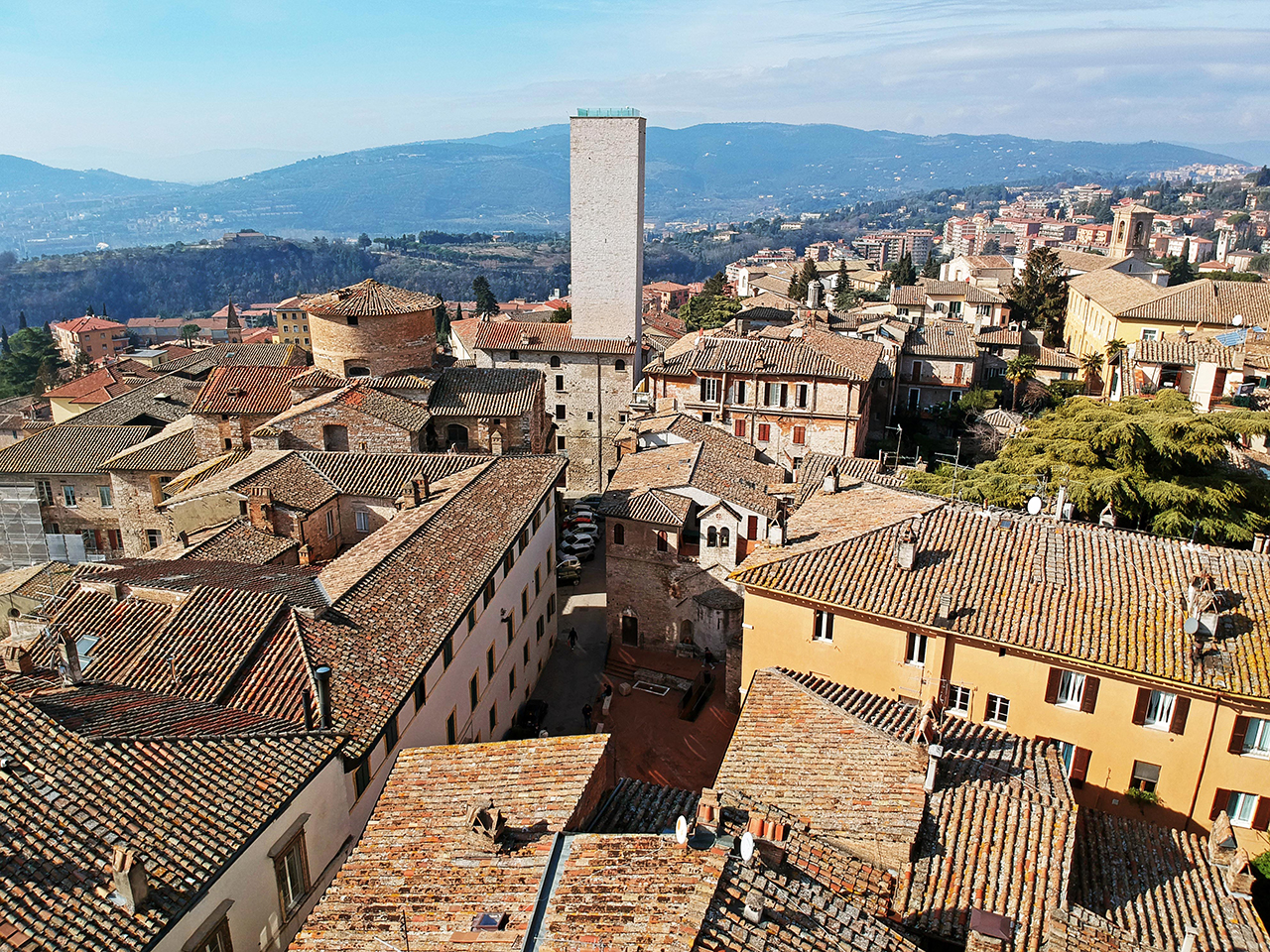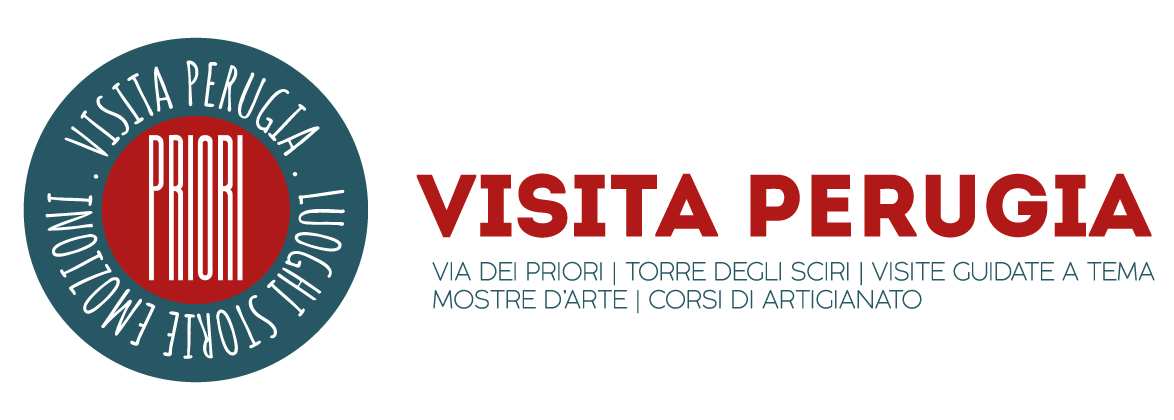
Church of ‘Santi Stefano e Valentino’ (Saints Stephen and Valentine). A small building dedicated to Santo Stefano is attested here since 1163; in the fourteenth century, the building is modified and expanded with the addition of a second nave. The signs of these changes can be read very clearly inside; it presents remains of fresco paintings of the fourteenth and fifteenth centuries, including the beautiful San Michele Arcangelo with Santa Caterina, attributed to the master called Ironico, a Perugian painter operating in the fourteenth century. In addition, on the main altar, there is a polyptych in neo-Renaissance style of 1911 by Giustino Cristofani, and at the end a Madonna in throne and saints, sixteenth-century work by Domenico Alfani.

The origin of the church, a small Romanesque hall called Capella Santo Stephani, dates back to the 11th or 12th century. In Perugia there were two other churches dedicated to the proto-Christian martyr, one in Porta San Pietro (Santo Stefano del Castellare) and the other in Porta Eburnea (Ecclesia S. Isidori et Stephani). The cult of this saint was widespread, his protection was invoked especially against hail and plague. The Church of Santo Stefano in Porta Santa Susanna is mentioned in Federico I Barbarossa ‘s 1163 diploma with which the emperor also takes this church under his protectorate and assigns it to the Cathedral Chapter. The original structure has undergone many alterations and transformations. In the fourteenth century, the building was enlarged and elevated and became two naves. The building is consolidated and the Gothic vault of the western span, perhaps collapsed, is replaced by a circular vault. At the end of the seventeenth and during the eighteenth century the church underwent profound changes to adapt it to the Baroque taste. The original architecture is turned upside down with the construction of partitions, altars, decorations, and stuccoes. Subsequently, the church undergoes a profound deterioration. In the early twentieth century, the structure was used as an educational theater dedicated to the poet Alinda Brunacci Brunamonti. In the following years, a restoration was carried out aimed at restoring the original architecture. The building was reopened for worship on December 26, 1928, on the occasion of the 19th centenary of the martyrdom of the Patron Saint. In February 1936, the restoration work of the subsoil and floor was carried out, and the bell tower was rebuilt with a two-hole opening, previously demolished with the construction of the parish house. The same was largely demolished in 1939 and two Romanesque-style windows were reopened on the facade of the main façade. When the parish house is built above the Church, the typical bell tower is demolished and a tall reed or trumpet for the well is built, having a beautiful stone parapet with a griffin, this is demolished and the well closed in 1908 by the parish priest, despite the fact that drinking water for domestic use was drawn from a window above.
Visit on request
Contacts
+39 393 5145793

